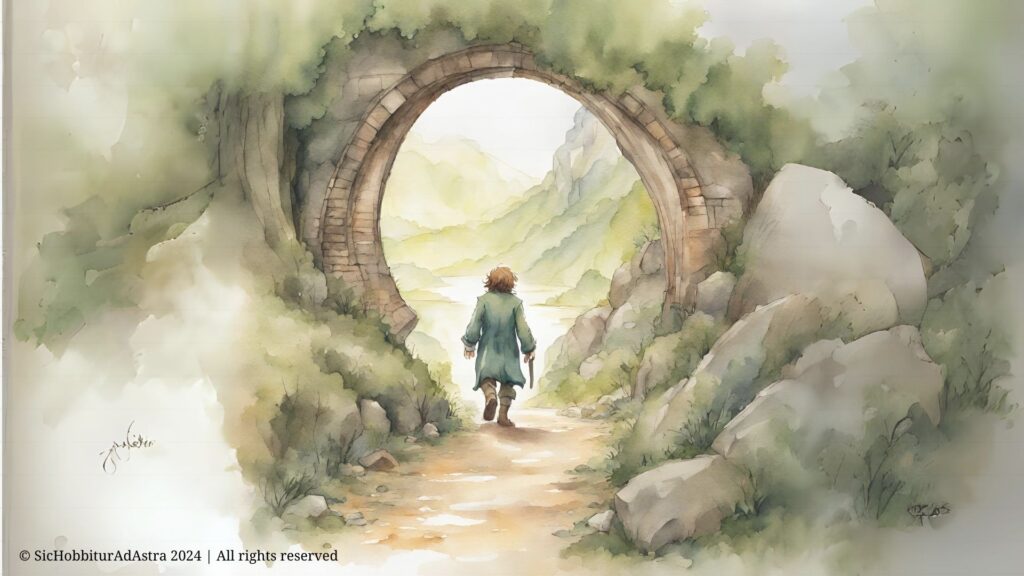Are you a middle school ELA teacher, always on the lookout for fresh ideas and resources to make your teaching more engaging? Are you reading an amazing book with your students and want to introduce a unique and creative vocabulary activity? I have a suggestion for you: crosswords!
You might not have thought of it before, but crosswords can become your greatest allies in teaching. I use them extensively in my lessons because they perfectly combine fun and educational aspects! Often seen as merely recreational activities, crosswords have surprising potential, especially in middle school education. They can be invaluable tools for enhancing vocabulary, revisiting key story moments, and deepening the understanding of characters when studying a book.
Today, I want to suggest a few ways to effectively integrate crosswords into your teaching program.

1. Enhancing Specific Chapter Vocabulary
One of the main advantages of crosswords is their ability to focus on specific words. This is particularly useful when working on the vocabulary of a chapter of a book, such as new and complex words or key terms in the story. One of the novels I often work on using crosswords is the splendid “The Hobbit” by J.R.R. Tolkien. It’s rich in sophisticated vocabulary that your students might not know yet and is worth exploring for both personal and educational growth. Crosswords can help significantly in this regard.
Activity Example
– Preparation: Select key or complex vocabulary from the chapter and think of suitable definitions. For example, from Chapter 1 of “The Hobbit,” you could choose the term “SORCEROUS,” which is not commonly used, and define it as “A synonym of magical.”
– Creating the Crossword: Use software to create the crossword (I love Crossword Labs or Puzzlemaker) with the words you’ve selected.
– Class Activity: Assign the crossword to your students to complete, either individually or in small groups.
Benefits of this Tool:
1. Improved text comprehension.
2. Enriched vocabulary.
3. Increased student engagement through the playful aspect of the activity.
You can use the correction session as a springboard for lexical review, to check students’ understanding, and to ask them to create sentences using the specific vocabulary. The crossword can be the starting point for extensive work of this type. Try it to see the benefits!
2. Revisiting Key Moments or Aspects of the Story
Crosswords can also be used to revisit and solidify the main events of a book’s plot. This method helps students maintain a clear and structured view of the narrative.
Activity Example
– Preparation: Identify the main events of the chapter or book section being studied. For Chapter 1 of “The Hobbit,” which I use as an example, you might choose “REASONABLE,” defining it as “Using good judgment.” This term is crucial throughout the story as it identifies the specific temperament of the Baggins family, of which Bilbo is a part, and will have to balance with a new and unexpected adventurous spirit.
– Creating the Crossword: Create the crossword using the tools mentioned above or your preferred ones.
– Class Activity: Assign the crossword to your students to complete, either individually or in small groups.
Benefits of this Tool:
1. Strengthening memory of main events.
2. Enhancing summarizing and recapping skills of key narrative aspects.
3. Enriching vocabulary.
Like the previous example, you can use the terms included in the crossword for a comprehensive review: from the term “REASONABLE,” for instance, you can prompt a reflection on Bilbo’s dual spirits, the Baggins and the Took, their origins, and how they interact in the first chapter. There are many potentialities here too!
3. Deepening Character Understanding
Lastly, crosswords can be an excellent means to explore a book’s characters, allowing students to reflect on their traits and roles in the story.
Activity Example
– Preparation: List the main and secondary characters of the chapter or book, or those you want to focus on. In this example, it could be THORIN (“The last dwarf who entered Bilbo’s house”) or BELLADONNA (“Bilbo’s mother”).
– Creating the Crossword: Construct a crossword with the characters and their descriptions.
– Class Activity: Assign the crossword to your students to complete, either individually or in small groups.
Benefits of this Tool:
1. Better understanding of character dynamics.
2. Greater attention to details in descriptions and behaviors of characters.
3. Development of critical and analytical skills.
You can use the characters mentioned in the crossword to revisit their traits, roles in the story, and more. Creativity is key!
An Interesting Idea, but… I Don’t Have Time!
I understand you! Teachers’ time is incredibly precious and often insufficient. Preparing teaching materials requires effort and can be burdensome, taking time away from other teaching and organizational activities. However, I can help you with this. I have created collections of ready-made crosswords specific to each chapter of the book, including all three elements highlighted above (specific vocabulary, key plot moments, and characters).
Currently, these collections are available for books beloved by students: “The Magician’s Nephew” by C.S. Lewis and the aforementioned “The Hobbit” by J.R.R. Tolkien. You can find them in my TPT store at the following link:
If you want to test the quality, here is one available for free download:
Stay tuned for more to come in the future!
Let’s go!
Crosswords are versatile and powerful tools that can enrich middle school teaching. Integrating them into book study not only makes learning more dynamic and interactive but also helps students develop linguistic, narrative, and critical skills.
What about you? Have you tried introducing them into your lessons? Let me know!
Thank you for stopping by! See you soon!
Chiara



